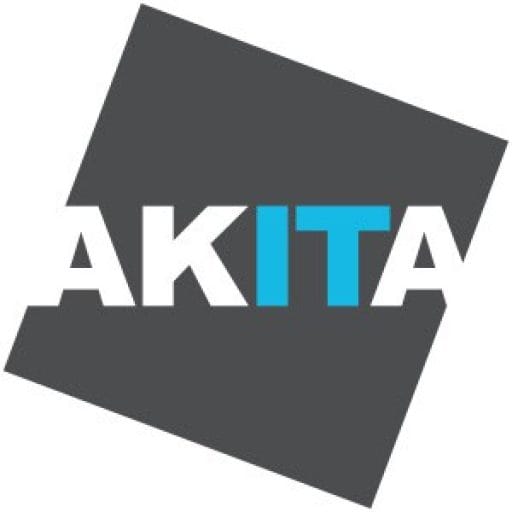With the ever-growing complexity of IT environments and the increasing sophistication of cyber threats, businesses need comprehensive solutions to ensure both operational efficiency and security.
Two critical components of an organisation’s IT strategy are Network Operations Centres (NOC) and Managed Detection and Response (MDR) services. While both play a vital role in maintaining a secure and functional IT infrastructure, they serve distinct purposes.
What Is NOC?
A Network Operations Centre (NOC) is responsible for ensuring that an organisation’s IT infrastructure remains operational, optimised, and secure from a systems perspective. The primary role of a NOC is to monitor, manage, and maintain IT networks, servers, and endpoints to prevent downtime, improve performance, and address technical issues before they escalate. Key functions of NOC include:
- 24/7 Monitoring: Constant oversight of IT systems, including network performance, server health, and application availability.
- Incident Response: Addressing system outages, performance degradation, and hardware/software failures.
- Patch Management & Updates: Ensuring all systems are up to date with security patches and software updates.
- Performance Optimisation: Proactively identifying areas for improvement in network speed, system efficiency, and resource allocation.
- Backup & Disaster Recovery: Maintaining data integrity through scheduled backups and disaster recovery solutions.
Essentially, a NOC acts as the IT backbone of an organisation, keeping systems running efficiently while minimising downtime.
However, while a NOC can help detect anomalies and security issues, it does not actively hunt for or neutralise cyber threats—this is where MDR comes in.
What Is MDR?
Managed Detection and Response (MDR) focuses specifically on cyber threat detection, response, and mitigation.
Unlike a NOC service, which ensures operational stability, MDR is a security-driven service designed to proactively identify, contain, and eliminate active cyber threats before they can cause harm. Key functions of MDR include:
- Threat Detection: Using advanced analytics, AI-driven monitoring, and threat intelligence to identify suspicious behaviour.
- Incident Investigation: Security incidents are investigated and actioned by an expert team in real time to determine if they are genuine threats or false positives.
- Threat Hunting: Proactively searching for cyber threats that may have bypassed traditional security controls.
- Rapid Incident Response: Containing and mitigating cyber threats before they can spread across the organisation’s network.
- Forensics & Reporting: Providing detailed reports on security incidents and insights for strengthening defences.
While traditional perimeter security solutions like firewalls and antivirus software provide basic protection, MDR goes further by actively detecting and delivering a human response to emerging threats, including ransomware, phishing attacks, and insider threats.
NOC vs MDR: The Value Of Having Both Services?
While NOC and MDR serve different purposes, they complement each other in a modern IT security strategy.
A NOC ensures that systems remain operational and efficient, while MDR protects against advanced cyber threats that could compromise business data and operations.
Without a NOC service, organisations risk performance issues, downtime, and operational inefficiencies. Without MDR, businesses may be left vulnerable to evolving cyber threats that traditional security measures fail to detect.
By integrating both NOC and MDR services, organisations can achieve a robust IT infrastructure that is both secure and resilient, ensuring both operational efficiency and proactive cyber threat defence.
Need help securing and managing your IT environment? Discover how we can support your business with expert NOC and MDR services:
Contact Us




